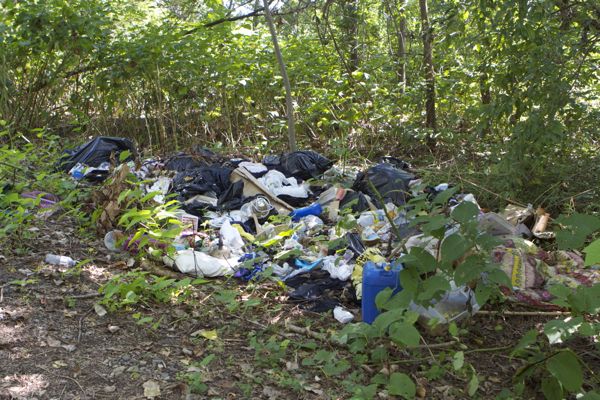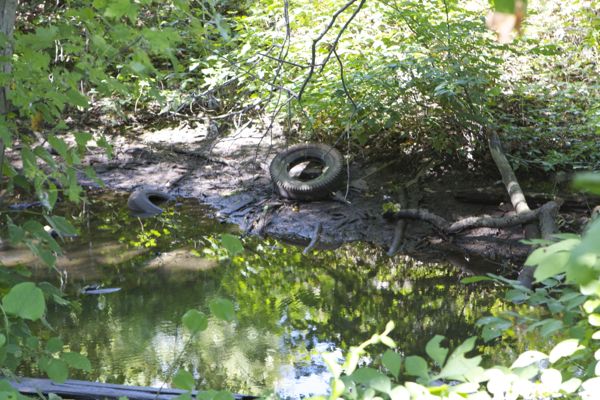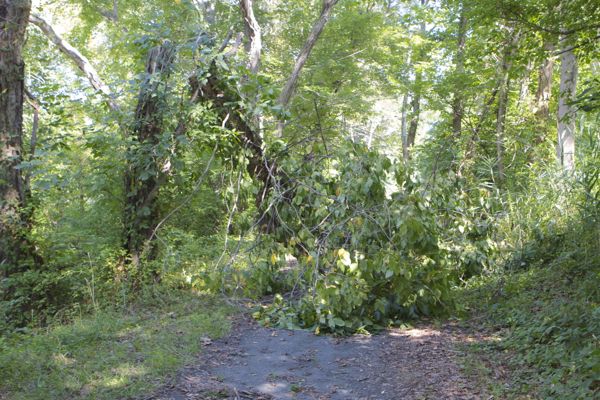Federal OK of Cove Point LNG Export A Disaster For Climate & US Consumers
Maryland Governor O’Malley & NJ Gov. Christie Both Silent on Controversial Energy Exports
Obama takes us more quickly to runaway climate change and climate catastrophe
A climate death spiral
I’ve given up waiting for the NY or NJ press corps to write the story about the recent *Federal Energy Regulatory Commission’s (FERC) approval of the Dominion Energy’s Cove Point Maryland LNG export facility – while instead we get energy industry propaganda – so I figured I’d outline the contours and meaning of the story myself.
That controversial FERC approval story is big news in the fracking gas fields of Pennsylvania – as well as the facility’s host state of Maryland – not to mention among the business press and energy industry shills and right wing free market zealots.
But the Cove Point LNG plant will have regional impacts far outside the fracking fields of Pennsylvania, including the NY/NJ metropolitan region, where consumers will compete for the same finite supply of Marcellus shale frack gas that will be exported and people will suffer the impacts of accelerating sea level rise and virtually certain catastrophic climate change.
Maryland Governor O’Malley is as silent on the LNG export issue as his fellow 2016 Presidential aspirant NJ Gov. Chris Christie is.
They both are trolling for the same energy industry campaign bribes.
And because it’s bi-partisan, and Obama backed, the energy export issue won’t get press coverage in any meaningful way, particularly now that industry propagandists have convinced right wing hawks in Congress and Hilary Clinton’ State Department that energy exports are vital to US national security interests (i.e. the “domestic energy independence” and revived Russian cold war lies).
The FERC decision is a disaster for at least these reasons: (read the FERC environmental assessment)
1) Climate
Cove Point will export approximately 1 billion cubic feet per day, or 7.82 million metric tons of liquified natural gas (LNG) per year. Those exports will increase the rate of emissions of methane, a potent greenhouse gas, and CO2.
The environmental review of the project was fatally flawed because it did not consider lifecycle cumulative climate impacts from the Marcellus well field source through pipeline transport, processing, shipment, and combustion of the gas in feign countries of export (see section 2.9.9)
Currently, there is no standard methodology to determine how the Project’s incremental contribution to GHGs would result in physical effects on the environment, either locally or globally. However, estimated emissions associated with the Project would incrementally increase the atmospheric concentrations of GHGs, in combination with GHG emissions from other sources identified in the cumulative impacts analysis. Because we cannot determine the Project’s incremental physical impacts due to climate change on the environment, we cannot determine whether or not the Project’s contribution to cumulative impacts on climate change would be significant
Common sense – as well as law – says that if Dominion Energy and FERC can not determine whether climate impacts would be significant, then they may not receive federal approvals.
2) Diversion of $3.8 billion – scarce Infrastructure Investment capital away from renewables
The project cost is estimated at $3.8 billion – capital in a scarce resource.
That same money could be invested in far more jobs producing, lower cost, and carbon free energy efficiency and renewables.
3) more carbon fuel infrastructure
That $3.8 billion private investment will need a supply of gas to export. The project is part of continuing reckless investments in infrastructure that will lock the US into producing carbon fuels for another generation.
4) domestic gas prices will rise to world levels
Local and regional gluts of Marcellus shale gas have kept prices low.
Exports will increase US domestic prices in the direction of much higher world prices.
It is now estimated that if the Obama administration approves all the existing applications for LNG export terminals as expected, nearly half of all the natural gas produced in the U.S. could be exported. This could cause natural gas prices in the U.S. to more than double.
Why no press reports about that – instead of the industry spin we read about lower gas prices?
This significant increase in US domestic prices will hurt consumers and generate windfall profits that will be reinvested in more fossil production – a climate death spiral.
5) accelerate Marcellus fracking
Increasing demand and higher global export prices will put pressures on drilling, fracking and pipelines for Marcellus shale gas.
6) Increase public health and safety risks
From air and water pollution to explosions and fires, gas is a hazard.
The terrifying math of climate science says we must leave 80% of fossil reserves in the ground.
That means a moratorium on all new and expanded oil, gas, and coal infrastructure.[including the five proposed LNG export projects, as well as proposed coal exports.]
Obama and FERC are taking us more quickly to runway climate change and climate catastrophe.
[Update: Here is the text from FERC decision document on climate change impacts – I assume that this will be litigated: (@ p. 75)
u. Cumulative Impacts
238. Earthjustice and others contend that the EA failed to adequately analyze cumulative impacts of projects related to natural gas development and gathering, including Marcellus shale development, natural gas transportation, and natural gas distribution in areas that are outside of the proposed project area.
239. We disagree. Cumulative impacts are defined by CEQ as the “impact on the environment that results from the incremental impact of the action when added to other past, present, and reasonably foreseeable future actions.”202 A cumulative impacts analysis may require an analysis of actions unrelated to the proposed project if they occur in the project area being analyzed.203 CEQ states that “it is not practical to analyze the cumulative effects of an action on the universe; the list of environmental effects must focus on those that are truly meaningful.”204 An agency is only required to include “such information as appears to be reasonably necessary under the circumstances for evaluation of the project rather than to be so all-encompassing in scope that the task of preparing it would become either fruitless or well nigh impossible.”205
240. The EA explains that cumulative impacts can result from the construction of other projects in the same vicinity and impacting the same resource areas as the proposed facilities. In such a situation, although the impacts associated with each project might be minor, the cumulative impact resulting from all projects being constructed in the same general area could be greater.206
241. Thus, the cumulative impacts analysis in the EA evaluates other projects in the vicinity of the proposed project that affect the same resources in the same approximate time frame. The EA considered several such projects including a proposed addition to the Calvert Cliffs Nuclear Power Plant, road and bridge upgrades and improvements, residential development, and sewer system construction.207 The EA evaluated the potential cumulative impacts of those projects on geology and soils; waterbodies and wetlands; vegetation and wildlife; land use, recreation, and visual resources; socioeconomics; cultural resources; air quality and noise; climate changes; and safety. The EA concluded that the adverse cumulative impacts that could occur in conjunction with the project would be temporary and minor, and that, overall, the project would not result in significant cumulative impacts.
242. The EA notes that we received comments suggesting that we analyze the cumulative impacts of projects related to natural gas development and gathering, including Marcellus shale development, natural gas transportation, and natural gas distribution in areas that are outside of the proposed project area.208 The EA explains that a specific analysis of Marcellus shale upstream facilities is outside the scope of this analysis because the exact location, scale, and timing of future facilities are unknown. The EA notes that the specific details, including the timing, location, and number of additional production wells that may or may not be drilled, are speculative.209 As discussed above, the scope of any impacts associated with upstream production and transportation are not “reasonably foreseeable.”210 Therefore, such impacts are not within the appropriate scope of our cumulative impacts analysis; instead, we find that the EA adequately addressed potential cumulative impacts of the proposed project.
*corrected link



